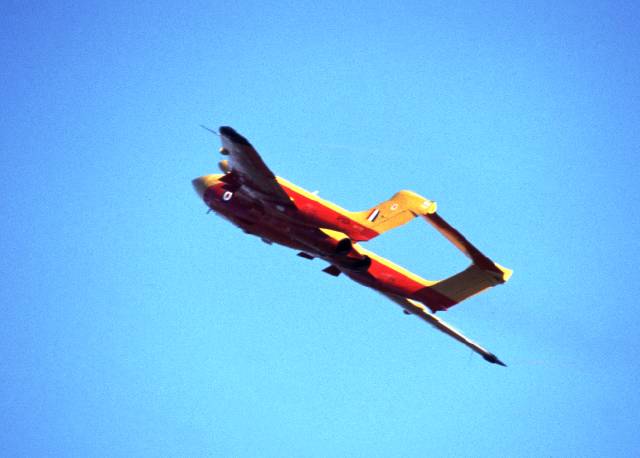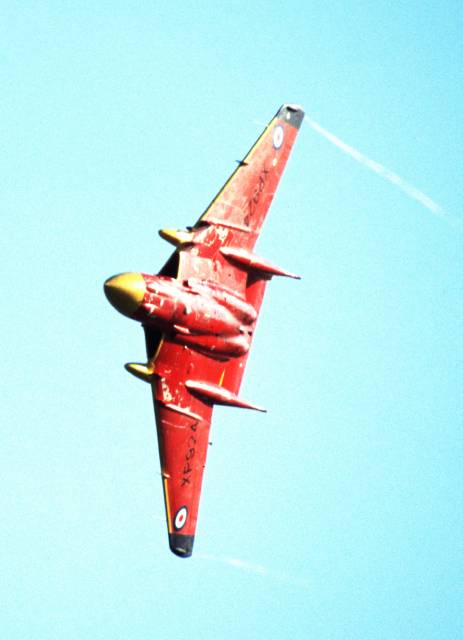|
The small aerodynamic dross section of the tail booms is evident here. Although an unusual configuration it endowed the Sea Vixen with a great deal of inherent robustness. This was a quality that made it very suitable for landing on a pitching flight deck and enabled it to survive many a bad landing which may have destroyed a more fragile aircraft.
Fragility was one feature, as well as a narrow track under carriage, that made the Spitfire, as the Seafire, not wholey suited to carrier operations as the accident casualty list testifies. This should be a lesson to all those who ever consider it a simple matter to modify a land plane for seagoing use. The Venom saga being a later example.
|


